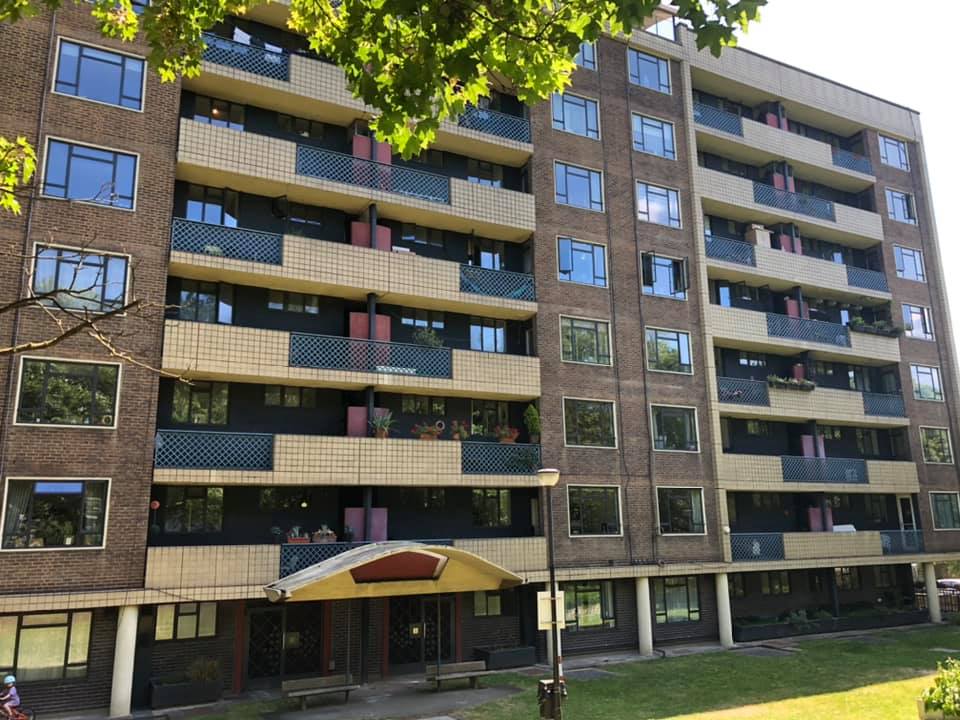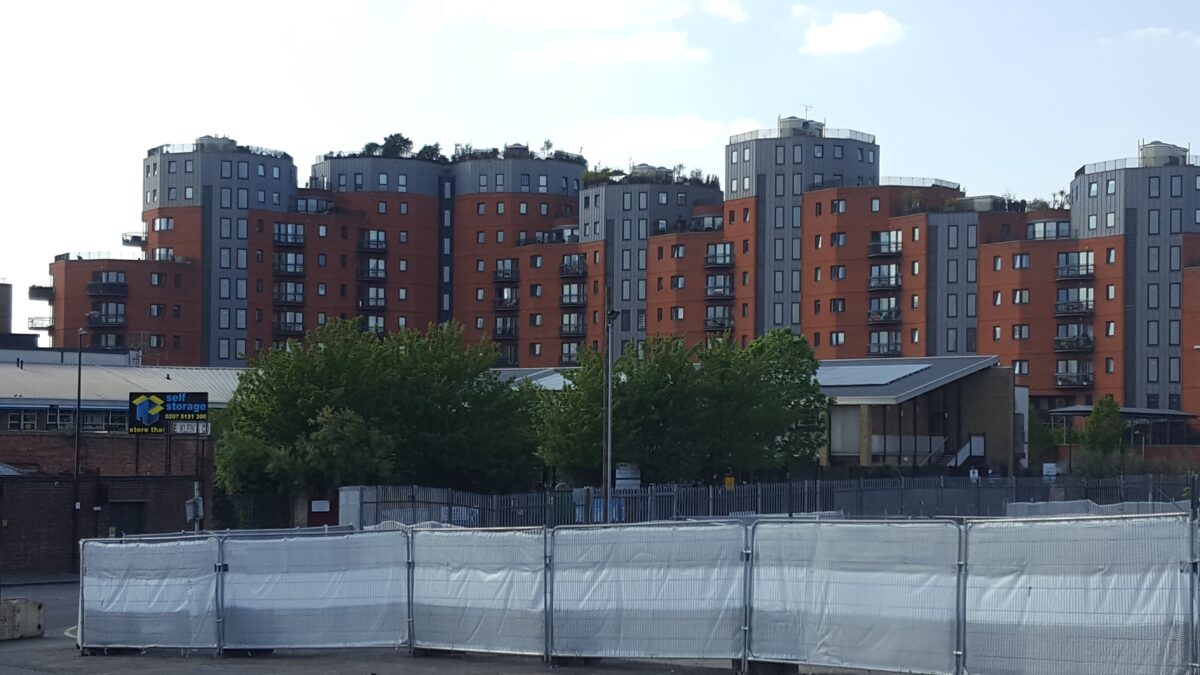The Government’s Planning White Paper proposes to replace the current regime of local authority determination of specific development proposals by a system of zoning.
Local Plans would define three zones: growth zone (where designated sites have “outline permission”), renewal zone (statutory presumption in favour of development being granted for the uses specified as being suitable), Protected zone (“more stringent development controls”). There is an option to combine growth and renewal areas.
For growth and renewal zones plans would “set out suitable development uses, as well as limitations on height and/or density as relevant. These could be specified for sub-areas” (eg town centres).
For protected areas, plans “would explain what is permissible by cross-reference to the National Planning Policy Framework”.
Development Management policies would be set by National Planning Policy Framework (with an option to have limited development management policies in local plans), plus local design code(s) supported by national design code. There is a national design guide and manual for streets (where there is no local design code, the national one would be applied).
How zoning works in the US
Traditional zoning involves local municipal zones for locales with zoning ordinances (ordinance is a municipal by-law). These can be by land use and sub-categories within land use – ie different housing types ( single detached dwellings/apartments) or by density (low/medium/high).
There are a number of important variations:
a) Inclusive zoning (includes affordable housing)
b) Incentivised zoning (allows higher density development in exchange for higher local taxation)
c) Form based zoning (new urbanist approach – design based rather than directly land use/functional based)
d) Performance zoning ( based on environmental impacts)
e) PUDs (Planned Urban Development) Zoning sets parameters but individual schemes negotiated between developer and municipality
The Planning White Paper is however unclear on what form of zoning would apply in England.
Current planning practice in England
Local plans (district/borough wide) allocate development sites and/ or for specific uses and set both specific policies for designated sites and more general policies for non-designated ones. Local plans set policy requirements to supplement national planning policy requirements and/or facilitate their implementation locally.
These can set density policies and housing type requirements for different sub-areas or for individual sites. Area Action Plans/ Area Supplementary planning guidance can be determined for development/ redevelopment areas. These can be supplemented by design guidance/ design code, by masterplans (for major sites) and site briefs. Local Development Orders can set specific policy requirements for areas within a local plan area.
UK Land use allocations can be considered to be a form of zoning (though the term not widely used) though not all Local Plans allocate specific land uses to sites and development can still be considered on non-allocated sites. Land use allocations may also not be strictly applied and although in theory we have a plan-led system, alternative uses may be permitted.
Local Plans however set parameters within which individual development allocations should be considered. This system is comparable with the US PUD system which is also a two-stage system. The distinction between American system as ‘zonal’ and the English system as ‘discretionary’ is a gross over-simplification.
In England, Section 106 planning contributions (s106) can be negotiated on site by site basis in exchange for increased density and Community Infrastructure Levy can be varied by sub area (both in practice similar to US incentivised zoning system). Affordable housing requirements set in local plan policy, which can vary by area, are parallel to US inclusive zoning approach.
The Planning White Paper would appear to propose a very simplified broad-brush approach to zoning – simplified when compared to the traditional US approach to zoning, which allows much more specific zoning categories.
The key question is whether the proposed English approach to zoning will allow for any of the variable approaches operated in US cities (where zoning is determined by the municipal authority), which are in effect deliverable in practice within the pre-existing English planning regime.
A basis for possible reform
The current planning system and planning practice in England does need reforming. (As planning is a devolved function, the White Paper proposals do not apply to Scotland, Wales or Northern Ireland). There is a case for Local Plans being much more specific about permissible land uses on specific sites and the specific requirements which would then apply.
This would certainly increase certainty for both developers and local residents. It would also ensure land values reflect permissible uses. However, local authorities, at both officer and member level, need to have the power to ensure that development proposals are fully compliant both with the land use allocations in the published plan and with the policy requirements set out in the plan.
This means that a LA development management function is still required. This will include any decisions as to community mitigation and benefit through a form of scheme specific planning obligations regime, which would, where appropriate, be additional to any value-based form of infrastructure levy.
Objectors should not however be able to block schemes which are fully compliant with the published Local Plan in terms of land use and policy requirements. Moreover, applicants should not be able to appeal against LA planning decisions which are supported by a published Local Plan.
However, local plan making must be set within a wider strategic context, as many local authorities cannot meet their housing needs within their own area, while other authorities may resist helping out neighbouring authorities within their travel to work area.
The Planning White Paper is largely silent on this critical issue, and in fact proposes to abolish the current ‘duty to co-operate’ with neighbouring authorities and the requirement to produce statements of common ground.
It is necessary that we re-establish a framework of national and regional planning which links national funding of infrastructure to decisions about the locations most appropriate for both residential and employment growth.
Neighbouring authorities should be required to agree a strategic plan within this national and regional framework. No local council should be allowed to opt out of making a contribution to meeting an area’s housing and employment needs.
Localism on its own is not enough and we need a balance of powers between the different spatial levels of governance and democratic accountability.



